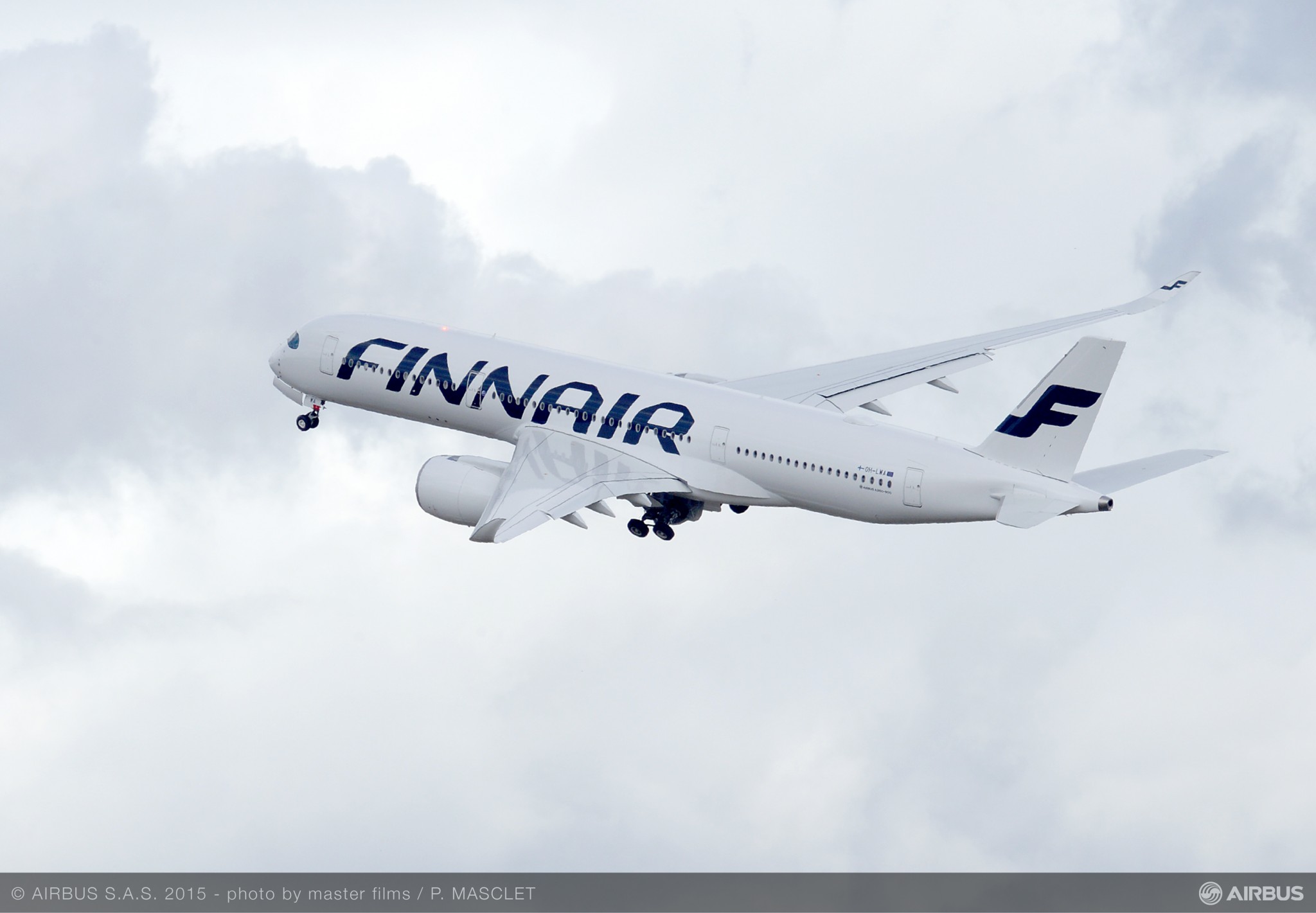In July, Finnair carried 213,800 passengers, which was 47.2% more than in July 2020. The COVID-19 impact was already clearly visible then as Finnair operated a limited network due to strict and extensive travel restrictions. The number of passengers in July 2021 was 67.2% more than in June 2021 (month-on-month figures are not fully comparable as there is one fewer day in June).
The COVID-19 impact, including the strict travel restrictions imposed by several countries, still affected all passenger traffic figures. It was particularly visible in the North Atlantic and Asian figures. Travelling to Finland was eased as of 26 July 2021 with Finland’s relaxed travel guidance and the removal of internal border control within the EU and Schengen Area.
The overall capacity measured in Available Seat Kilometres (ASK) increased in July by 90.6% year-on-year and by 58.7% month-on-month. Finnair operated 106 daily flights (cargo-only included) on average, which was 20.5% more than in July 2020 and 35.9% more than in June 2021. The differences between capacity figures compared to July 2020 are explained by the longer average stage length of flights operated and by the larger gauge of aircraft operated. Finnair's traffic, measured in Revenue Passenger Kilometres (RPKs), increased by 95.4% year-on-year and by 94.4% month-on-month. The Passenger Load Factor (PLF) increased by 1.0% points to 42.5% year-on-year and by 7.8% points month-on-month.
The ASK increase in Asian traffic was 43.6% year-on-year. In North Atlantic traffic, the ASKs increased by 100.0% as there were no passenger flights in July 2020. In European traffic, the ASKs were up by 61.1%. The ASKs in domestic traffic increased by 51.1%.
RPKs increased in Asian traffic by 65.5% year-on-year, in North Atlantic traffic by 100.0%, in European traffic by 71.5% and in domestic traffic by 49.1%.
The PLF was 21.6% in Asian traffic but it was supported by the strong cargo operations and a high cargo load factor. The PLF was 29.3% in North Atlantic traffic, 65.2% in European traffic and 72.1% in domestic traffic.
Passenger numbers increased in Asian traffic by 66.5% year-on-year, in North Atlantic traffic by 100.0%, in European traffic by 44.1% and in domestic traffic by 30.5%.
In July, available scheduled cargo tonne kilometres increased by 143.2% year-on-year (increased by 51.7% month-on-month) and revenue scheduled cargo tonne kilometres increased by 155.8% (increased by 41.9% month-on-month), both due to the impact of the COVID-19 pandemic on scheduled flights especially in Asian and North Atlantic traffic in July 2020. Cargo related available tonne kilometres increased by 109.6% year-on-year (increased by 15.5% month-on-month) and revenue tonne kilometres increased by 105.6% (increased by 11.3% month-on-month) and they both also include the cargo-only flights operated mainly between Europe and Asia as well as Europe and North America. Cargo-only tonnes were up by 37.9% year-on-year but down by 27.2% month-on-month. The total cargo tonnes increased by 94.1% year-on-year and by 11.2% month-on-month. Demand for the cargo capacity remained strong especially in Asian traffic. As a result, the cargo load factor remained high.
In July, 90.8% of all Finnair flights arrived on schedule (95.9%).

